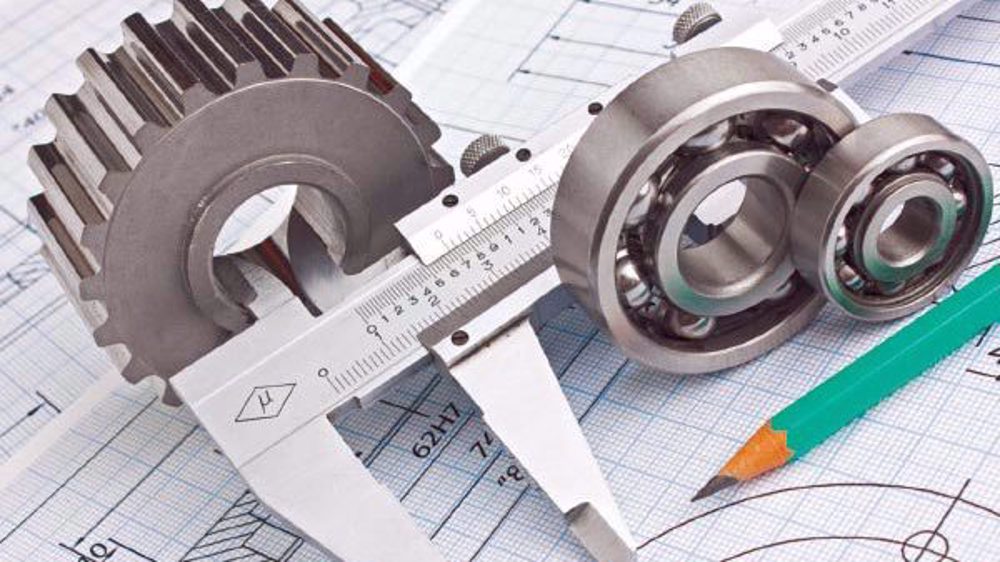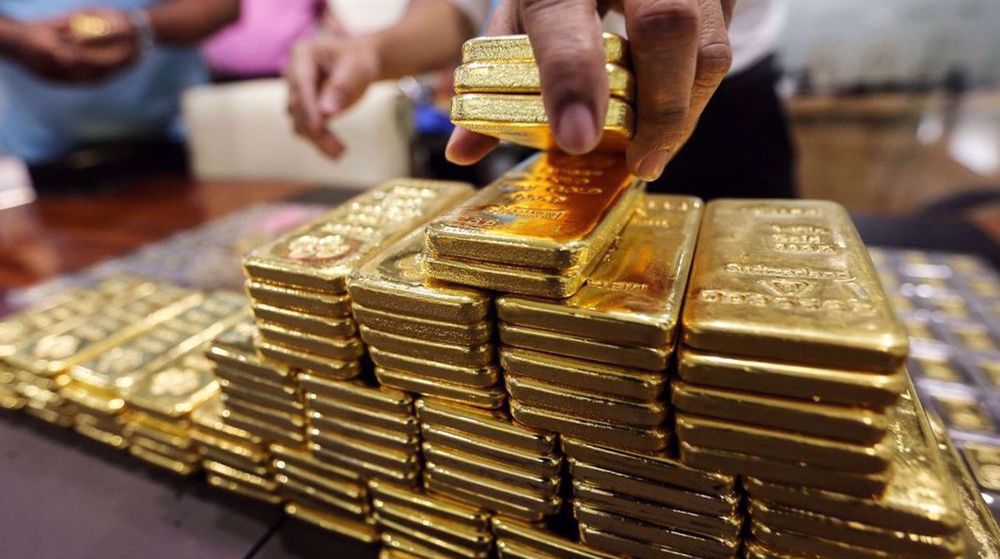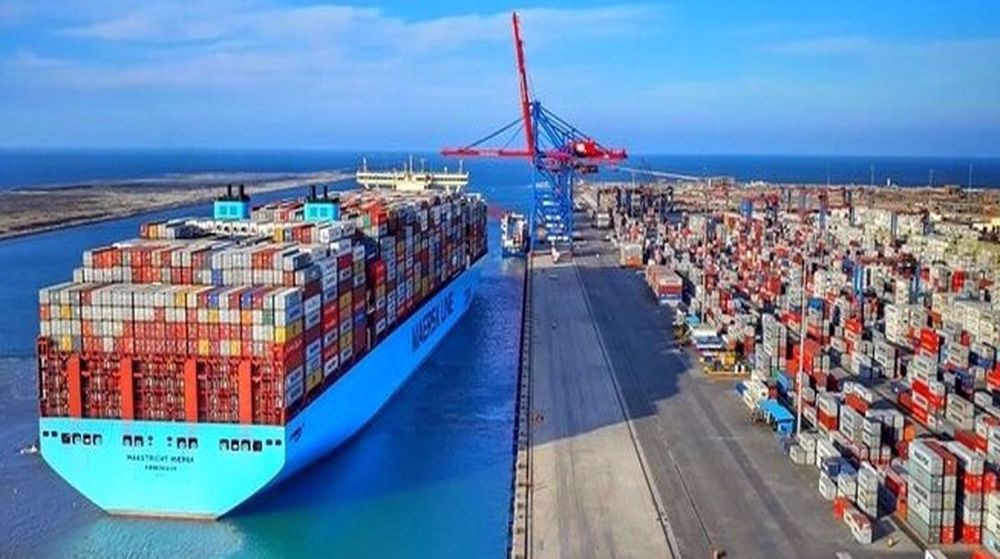Iran’s shortcut to progress through localization
One of Iran’s most common discourses during the past 45 years since the Islamic Revolution has been strengthening the spirit of jihad, revolution, self-sufficiency and self-reliance.
This spirit has manifested itself in many fields, not least the industry where the dedicated efforts of the Iranian youth have ensured the industrial wheels of the country keep moving under the most severe international sanctions.
The Islamic Republic inherited an industry which depended on foreign achievements and raw materials to stand and function. Hence, most industrial units fell to a state of dereliction and decay due to the economic blockade which made the supply of services and materials impossible or very costly.
The restrictions sparked one of the most relentless self-sufficiency drives for sourcing raw materials and high-tech equipment and localizing technical expertise and know-how which has resulted in the growth and flourishing of industrial production.
The rapid progress of knowledge and technology has put Iran in the driver’s seats in several fields, including nanotechnology, the application of which in food and other industries has led to remarkable results.
The ability of Iranian engineers in designing and manufacturing machines in accordance with the specific needs of the country is one of the other achievements.
Some made in Iran products have found their way into the world market, which is a testament to their quality and compliance with global standards.
In the agricultural industry, for example, Iranian-made tractors are currently exported to more than 30 countries around the world.
The petrochemical industry in Iran dates from the 1950s, which has seen a surge since the revolution when production stood barely over 4.7 million tonnes a year against 82 million tonnes now.
Iran is currently among the top three countries in the world in dam construction. Since 1979, about 130 dams have been built in the country.
In the oil and gas industry, the country brought to operation the largest phase of the giant South Pars gas project built 100% by Iranian experts in 2004.
Iranian specialists also designed the heavy water reactor in Arak, marking a milestone in its nuclear energy program, and mastered the knowledge for enriching uranium to 20 percent purity, which stunned the West.
Localization and attention to local talents lies at the heart of Iran’s self-sufficiency drive. One of the mysteries of Iran’s economic survival and resilience in the face of rolling Western sanction is the value which the country gives to science.
In recent years, the localization of knowledge and technology has received extra attention as sanctions have intensified. One of the important goals of localization is to meet the needs for parts and equipment in various industries and ultimately stabilize the supply chain and reduce costs.
Localization of components initially helps meet the domestic need for high-tech equipment and prevent the outflow of foreign exchange. Later, it paves the way for the export of technical and engineering services, which means the inflow of foreign exchange and job creation.
In 2021, Iran banned the import of home appliances from South Korea and announced plans to apply similar bans on other foreign products. The move was a response to the withdrawal of South Korean companies from Iranian oil and gas projects in reaction to US sanctions in 2018.
Iranian producers say South Korea did a favor by leaving Iran during the sanctions and allowed Iran’s home appliance industry to quickly grow. Some 600 manufacturing units currently produce an assortment of home appliances, some of which are exported.
Years of sanctions have hit Iranians hard but they have failed to accomplish the primary objective of bringing the nation to its knees.
Iranians instead have learnt that the prerequisite for the country's scientific progress and solving its problems is to cross the frontiers of knowledge. Without advancing to the frontiers of science and technology, the inevitable path is servility and subordination.
'Capitulation': Israeli officials and media concede Gaza defeat as truce unfolds
'Gaza has won': Social media users react to ceasefire with mix of relief, joy
Iran seeks South Korea’s assistance for AI, fiber-optic projects
VIDEO | Iran's 'Eqtedar' (Power) maneuver
Israel hits HTS military target in Syria for 1st time since fall of Assad
VIDEO | Press TV's news headlines
Israel has slaughtered 13,000 students in Gaza, West Bank
VIDEO | More Zionist than Zionists: Biden’s legacy to be defined by Gaza genocide











 This makes it easy to access the Press TV website
This makes it easy to access the Press TV website